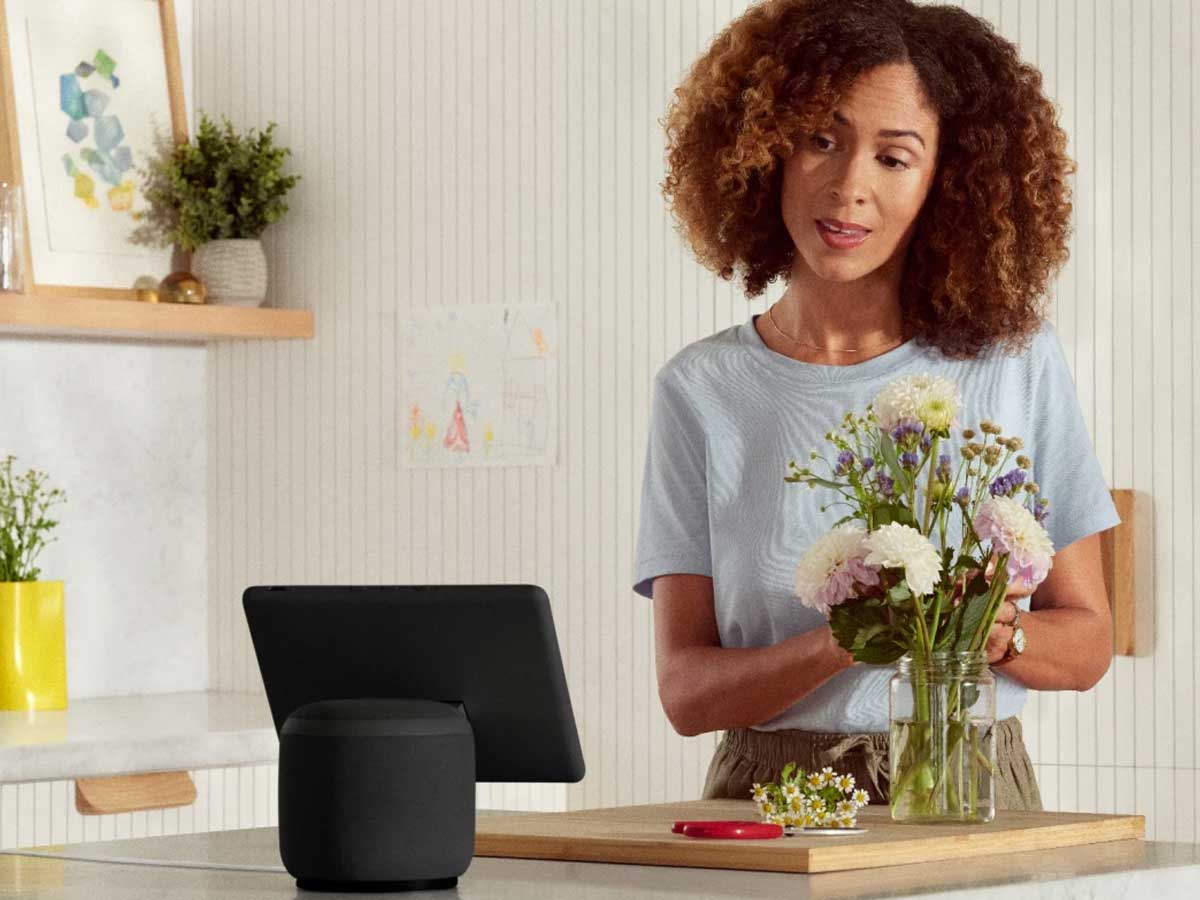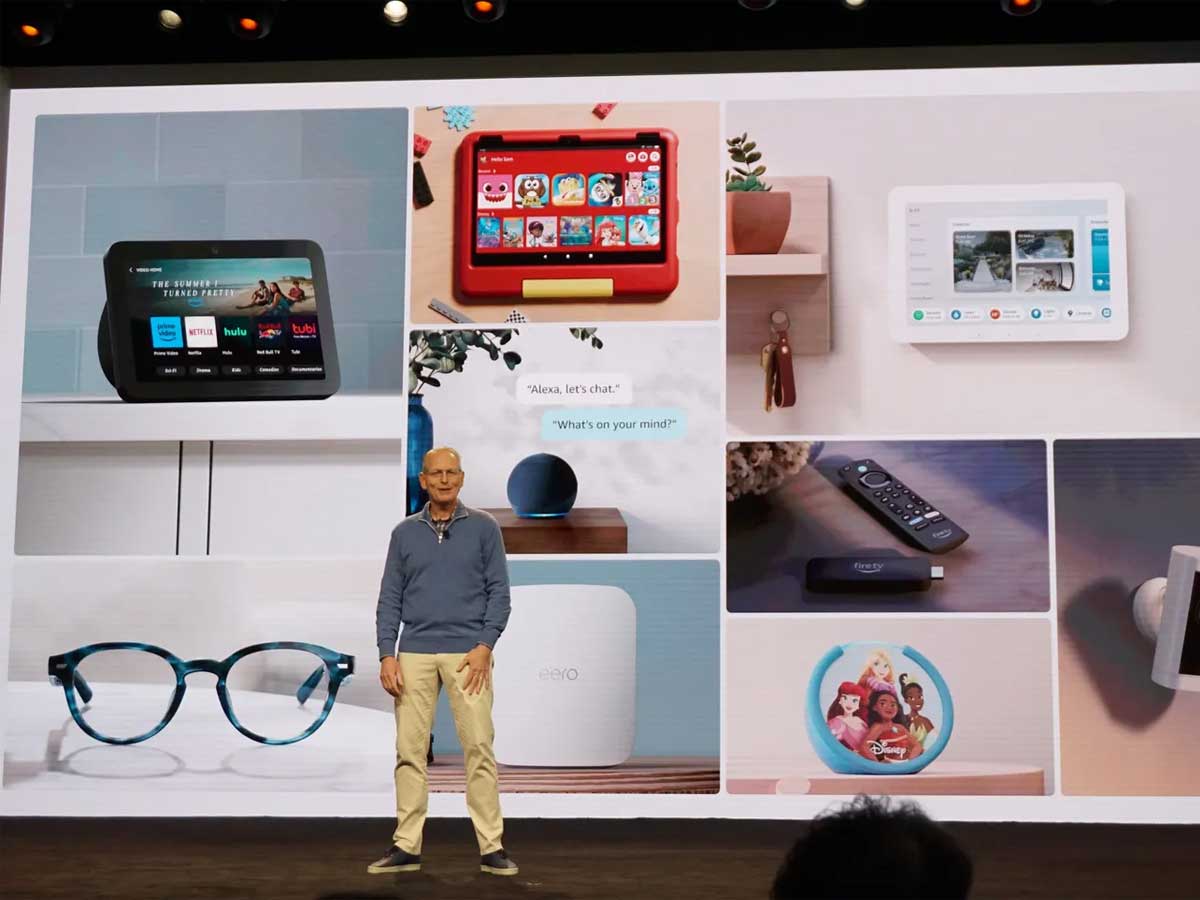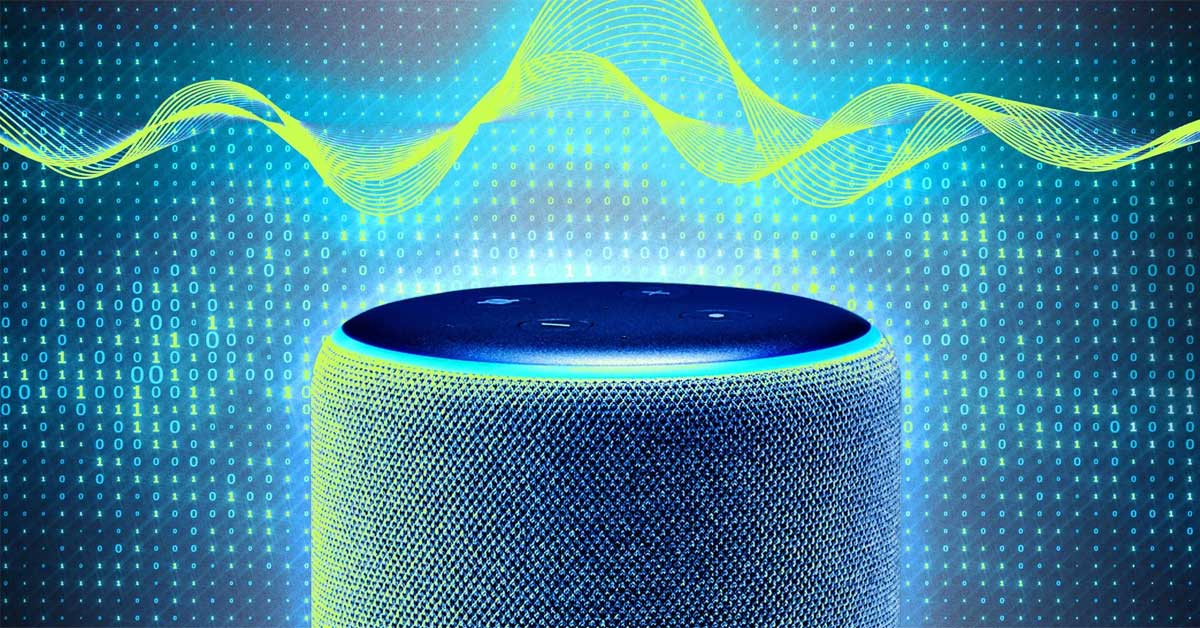Have you heard about Amazon Alexa or simply Alexa? Yes, of course you have. It’s one of the best virtual assistant technology in the world. The brains behind Alexa come from a Polish speech synthesizer called Ivona, which Amazon bought back in 2013.
Alexa first showed up in gadgets like the Amazon Echo smart speaker, Echo Dot, Echo Studio, and the Amazon Tap speakers, all cooked up by Amazon Lab126.
What’s neat about Alexa is its natural language processing (NLP) skills. It can do a bunch of stuff like voice interaction, playing your favorite tunes, keeping track of your to-do’s, waking you up, streaming podcasts, reading audiobooks, and even keeping you updated with the latest on weather, traffic, sports, and news. Now, Alexa is even more powerful. How? Let me explain.
Alexa, Amazon’s voice assistant

Alexa’s got you covered as your home automation system. The cool part is you can beef up Alexa’s capabilities with “skills.” Think of these as mini apps that add more functions like weather updates or new audio features.
All these tricks are done using automatic speech recognition, NLP, and a bit of weak AI magic.
Turning on devices with Alexa is a breeze. Just say the wake-word, like “Alexa” or “Amazon”. Some gadgets, like the Amazon mobile app on your phone or the Amazon Dash Wand, need a button press to start listening. Oh, and some phones let you wake up Alexa just by saying, “Alexa wake up.”
By November 2018, there were over 10,000 Amazon employees working on Alexa and its buddies. Fast forward to 2023 Q 1.5 million people work for Amazon, and Amazon’s devices team was celebrating over 100 million Alexa-enabled devices sold.
And they didn’t stop there! In September 2019, Amazon rolled out a bunch of new toys. The Echo Studio came out swinging as the first smart speaker with 360 sound and Dolby sound.
They also dropped an Echo dot with a clock, the new third-generation Amazon Echo, Echo Show 8, the nifty Echo Flex, Alexa built-in wireless earphones (Echo buds), Echo frames, an Alexa built-in Ring, and the Echo Loop. Plus, they introduced the latest Echo Show generation.
The History of Alexa
Let me tell you a bit of history about Alexa. Amazon Alexa evolved from Ivona, a Polish speech synthesizer. In 2013, Amazon saw Ivona, inspired by “2001: A Space Odyssey”. On November 6, 2014, Amazon dropped Alexa along with the Echo.
They even sprinkled a bit of Star Trek magic into Alexa, drawing cues from the Starship Enterprise’s own tech.
Choosing the name Alexa wasn’t just a random pick.
It’s got that snappy ‘X’ sound, making it super recognizable. Plus, it’s a nod to the legendary Library of Alexandria, a little fact Amazon Alexa Internet also fancied. Amazon wasn’t just about the name game, though.
In June 2015, they launched the Alexa Fund, a whopping US$200 million to back companies jazzing up voice tech, like Jargon and Ecobee. And get this: in 2016, they kicked off the Alexa Prize to push voice tech even further.
Alexa’s world got bigger with the first Alexa Conference in Nashville, Tennessee, in January 2017. Project Voice came next, with big names like Paul Cutsinger from Amazon. They even introduced Alexa for Business at the Amazon Web Services Re: Invent conference in Las Vegas.
Amazon kept rolling, announcing in May 2018 that Alexa would be in 35,000 Lennar homes. They even set up an Alexa-themed pop-up shop in Toronto’s Eaton Centre in November 2018 and started selling Alexa devices in spots like Amazon Books and Whole Foods Market.
Alexa was integrated into the Anki Vector in December 2018 in tech-savvy moves. As for languages, by 2018, Alexa chatted in English, German, French, Italian, Spanish, Portuguese, Japanese, and Hindi. Canadians got to interact with Alexa in both English and French.
Then, Amazon spiced things up by launching Alexa in Brazil in Portuguese in October 2019, in cahoots with Bose, Intelbras, and LG.
November 2019 was a biggie with the debut of the Echo Studio, a Dolby Atmos whiz. But it wasn’t all smooth sailing. Amazon hit a snag with lower-than-expected revenue from voice orders for products and services like Domino’s Pizza and Uber.
No audio ads or display ads meant less cash flow. By 2019, things got so rocky they called an all-hands meeting and froze hiring. By 2022, with heavy losses, Amazon had to start laying off the Alexa team.
Amazon confirmed plans in January to lay off more than 18,000 employees. In March, the company said about 9,000 more jobs would be impacted. Limp previously told CNN his division lost about 2,000 people, half of whom were from the Alexa team.
As you guessed, it has survived so far, not like Microsoft Cortana. In 2023, last September, it got Generative AI.
Alexa: Obtaining Generative AI
During its recent fall hardware event, Amazon introduced a new incarnation of Alexa, powered by the innovative Alexa large language model (LLM). Dave Limp, Amazon’s Senior Vice President of Devices and Services, highlighted that this upgraded Alexa can comprehend conversational language, make sense of the context, and process multiple instructions in a single command.
Voice assistants, until now, have been stagnant in innovation, offering minimal enhancements in understanding. This new development marks a significant leap, possibly redefining their role from basic functional tools to pioneering technological wonders.
The use of Generative AI is a key factor in this transition, endowing these digital assistants with more complex processing abilities and interactions akin to human-like exchanges.
This breakthrough is key for the smart home sector, potentially elevating home automation from remote-controlled operations to genuinely intelligent home management.

In an interview with The Verge, Limp elaborated that the Alexa LLM is a specialized model, distinct from other AI models like Bard or ChatGPT, tailored specifically for Alexa’s functionalities.
The rollout of this enhanced Alexa will be gradual and cautious, starting with a preview program in the United States in the upcoming months. This approach reflects a learning curve from the experiences of tech giants like Microsoft and Google, emphasizing a measured and careful implementation.
Limp also hinted at the potential cost of this advanced Alexa in the future despite its current free availability. The envisioned “superhuman assistant” could warrant a fee for its ability to manage complex tasks and significantly upgrade smart home capabilities.
One of the most notable improvements in the new Alexa is its enhanced conversational ability. Users can expect a more intuitive interaction, such as simply stating “I’m cold” to trigger the thermostat or requesting room adjustments to specific themes like “Seahawk colors.”

This improvement stems from integrating over 200 smart home APIs into the Alexa LLM, enhancing Alexa’s contextual understanding of the user’s home environment and devices.
Additionally, the new Alexa can discern changes in the home, such as new device installations, and respond to multiple commands simultaneously. This advanced functionality extends to creating complex Routines entirely by voice, without manual setup in the Alexa app. Initially, this feature will support a limited range of device types, with plans to expand its compatibility.
Developers can leverage Alexa’s upgraded cognitive functions to integrate their products more seamlessly into this conversational framework. Amazon is introducing two new tools, Dynamic Controller and Action Controller, to facilitate this integration, allowing Alexa to control unique features of third-party products more naturally.
Amazon is already advancing these capabilities by collaborating with companies like GE Cync, Philips, GE Appliances, iRobot, Roborock, and Xiaomi. Developers interested in participating can find more information on Amazon’s developer blog.
Limp views this as just the beginning of Alexa’s transformative journey. The new generative AI LLM is set to power various Alexa functionalities and smart home experiences, focusing initially on simplifying everyday tasks. The trajectory of this journey promises to be intriguing.
The Alexa LLM-powered voice assistant will first be available in the US through a preview for Echo device owners, with a specific date yet to be announced. An additional invitation-only preview will showcase the new Alexa LLM-powered smart home features, with invitations available at a later stage.
With the power of Artificial intelligence and the new Alexa LLM, Alexa will get even smarter than other smart home assistants. But the bigger question is, is it enough to surface the competition? Alexa voice got a lot better, and almost human-like conversation with Alexa will feel like having a chat with a friend very soon. Alexa’s experiences are definitely enhanced with it.
Hundreds of millions of Alexa already have conversations with people and make their lives easier. Building Alexa skills with ai capabilities is the key to survive as a voice assistant.

